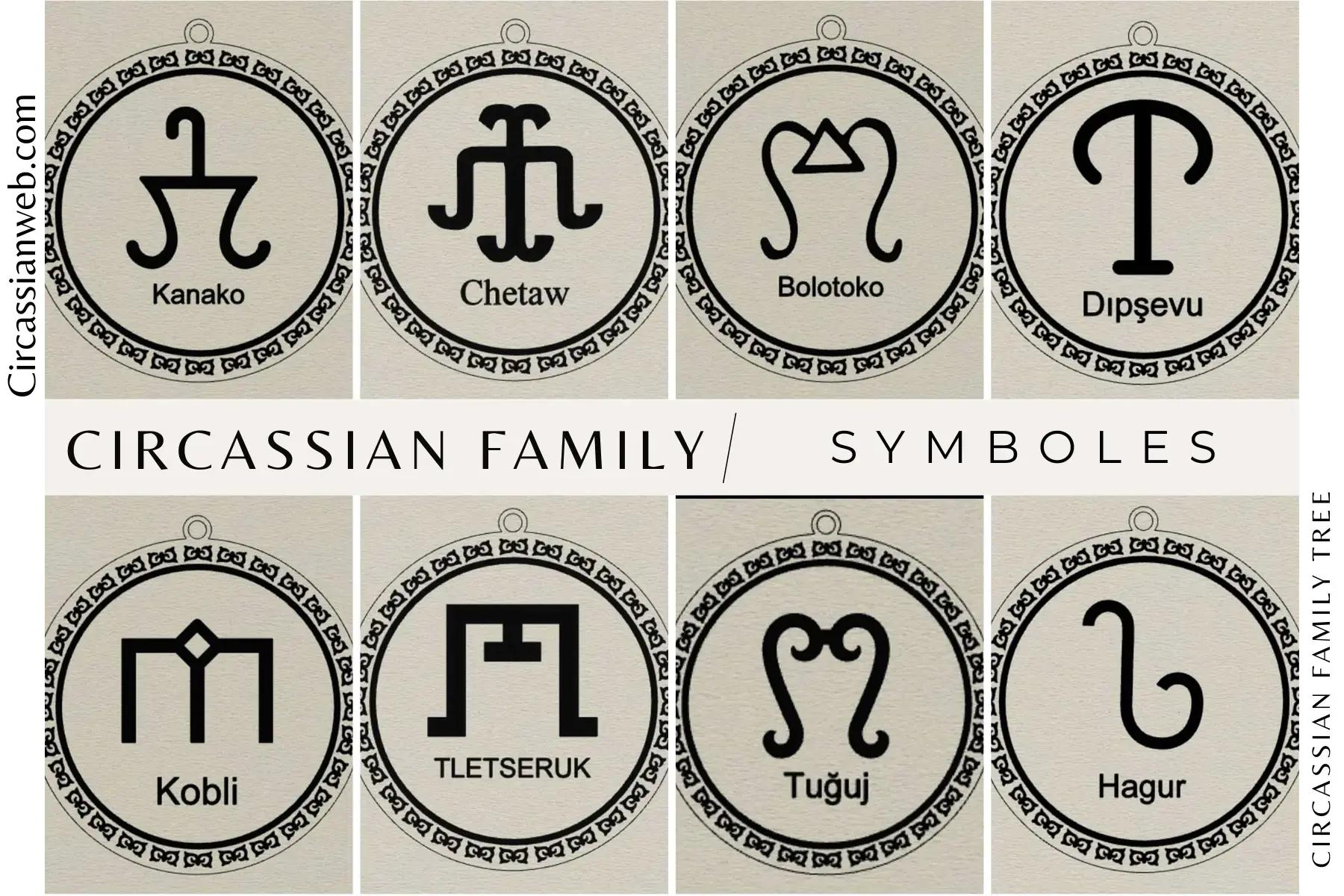Circassian kitchen keeps traditional dishes alives
(22 Feb 2016) LEAD IN:
A catering company in Amman is producing an array of Circassian delicacies.
The Samawar kitchen cooks such traditional dishes to keep the community's heritage alive.
STORY-LINE:
Suzanne Qamash runs through the ingredients needed to make the most famous Circassian dish.
Walnuts, garlic, butter, paprika, bulgar and chicken are combined to make 'shipsrapastra', Circassian for 'sauce and bulgar' and known as 'shipswapasta' in Arabic.
A cook stirs together the sauce ingredients, dropping some paprika into the mixture.
Shipsrapastra originated in the forested mountains north of the Black Sea and was made by the people of the North Caucasus.
But it's now being cooked in Jordanian kitchens.
Its popularity highlights the success of Circassian refugees who settled in the region more than 150 years ago.
"Shipsrapastra is not just ordered by Circassians and Arabs, but also Iraqis and many other types of people who enjoy it," says Qamash, who has worked here for 15 years.
These are the kitchens of Samawar, a catering company and restaurant run by the Circassian Charity Association's women's branch.
The workers prepare more than 200 orders every day.
Circassian dishes of shipsrapastra, the laqouma sweet bread, are popular but there's also demand for Arab staples like stuffed vine leaves and tabbouleh.
Right now, the kitchen is producing traditional pastries.
The Circassians hail from the northeast Black Sea coast and the Caucasus.
But they were driven out of their homeland after losing a protracted war against the Russians in 1864.
The Circassians settled across the Ottoman Empire - and their traditions came too.
"Our ancestors brought shipsrapastra here with them. Maybe it changed a little bit, lightening the fat or things like that, but the main elements of the dish have not changed," says Jan Janakat, general manager of Samawar.
The Samawar kitchen begin life as a one-room shop in 1971.
But with a 30,000 US Dollar donation from the Japanese government to pay for equipment, it has been able to move to a much larger space.
The money the kitchen earns supports educational and cultural programs for the Circassian community.
But the cooking itself has an important role.
"We are protecting our traditional recipes. We do not want them to be forgotten. We are directly reminding people 'if you see this you know it'," says Janakat.
"Making haleva, shipsrapastra, Circassian sweets, zataege or things like that, these are things that the next generation might not know. We want to protect this uniqueness."
The Samawar kitchen now employs around 30 women and two men who fry, bake, boil and steam meals for people across Jordan.
Princess Alia bint Al Hussein of Jordan is the current chair of the association which controls the kitchen.
Find out more about AP Archive: http://www.aparchive.com/HowWeWork
Twitter: https://twitter.com/AP_Archive
Facebook: https://www.facebook.com/APArchives
Instagram: https://www.instagram.com/APNews/
You can license this story through AP Archive: http://www.aparchive.com/metad....ata/youtube/1012d72f






















